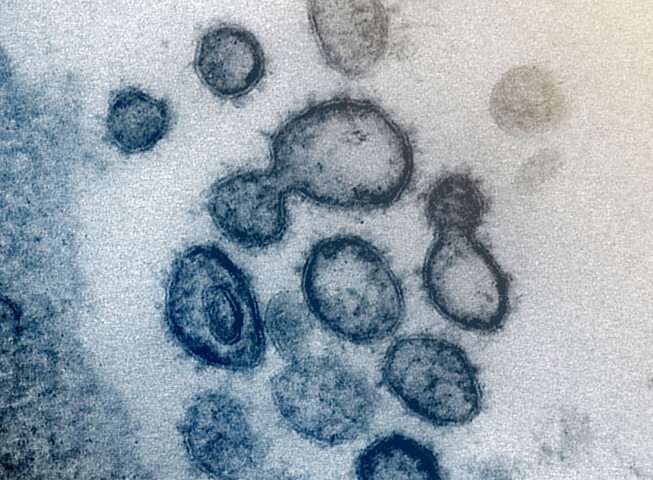
The highly-infectious SARS-CoV-2 virus is most ideally adapted to infect human cells—rather than bat or pangolin cells, according to new computer modeling.
In a quest to find a vaccine or drug treatment for COVID-19, high-performance computer modeling has been used by Australian scientists to study the virus’s ability to target a variety of 12 exotic and domestic animals in the hope of identifying the original source of the virus.
The study, led by Flinders University scientists, compared the modeling to the virus’s ability to bind to human cells and found the SARS-CoV-2 virus targets humans more potently than any of the tested animal species.
“The results clearly show that the COVID-19 virus is exquisitely adapted to infect humans,” says Flinders University Professor Nikolai Petrovsky, lead author of a new paper just published online in arXiv, a leading US preprint server for researchers.
“The virus’s ability to bind protein on human cells was far greater than its ability to bind the same protein in bats, which argues against bats being a direct source of the human virus.”
The team’s computer modeling shows the SARS-CoV-2 virus also bound strongly to cells of pangolins, an exotic ant-eater illegally imported into China.
“While it has been suggested by some Chinese scientists that the COVID-19 virus might have been transmitted to humans from pangolins, currently available data does not support this idea,” Professor Petrovsky says.
How and where the SARS-CoV-2 virus adapted to become such an effective human pathogen remains a mystery, the scientists conclude, adding that finding the origins of the disease will help efforts to protect people against future coronavirus pandemics.
The research points to a number of reasons why the virus became so well adapted to humans, such as convergent evolution after exposure to human cells, rare mutations that mix two species genes, and exposure to human cells very early in the pandemic.
But how and where the SARS-CoV-2 virus adapted to become such an effective human pathogen remains a mystery that requires intensive further scientific investigation, the researchers conclude.
Source: Read Full Article